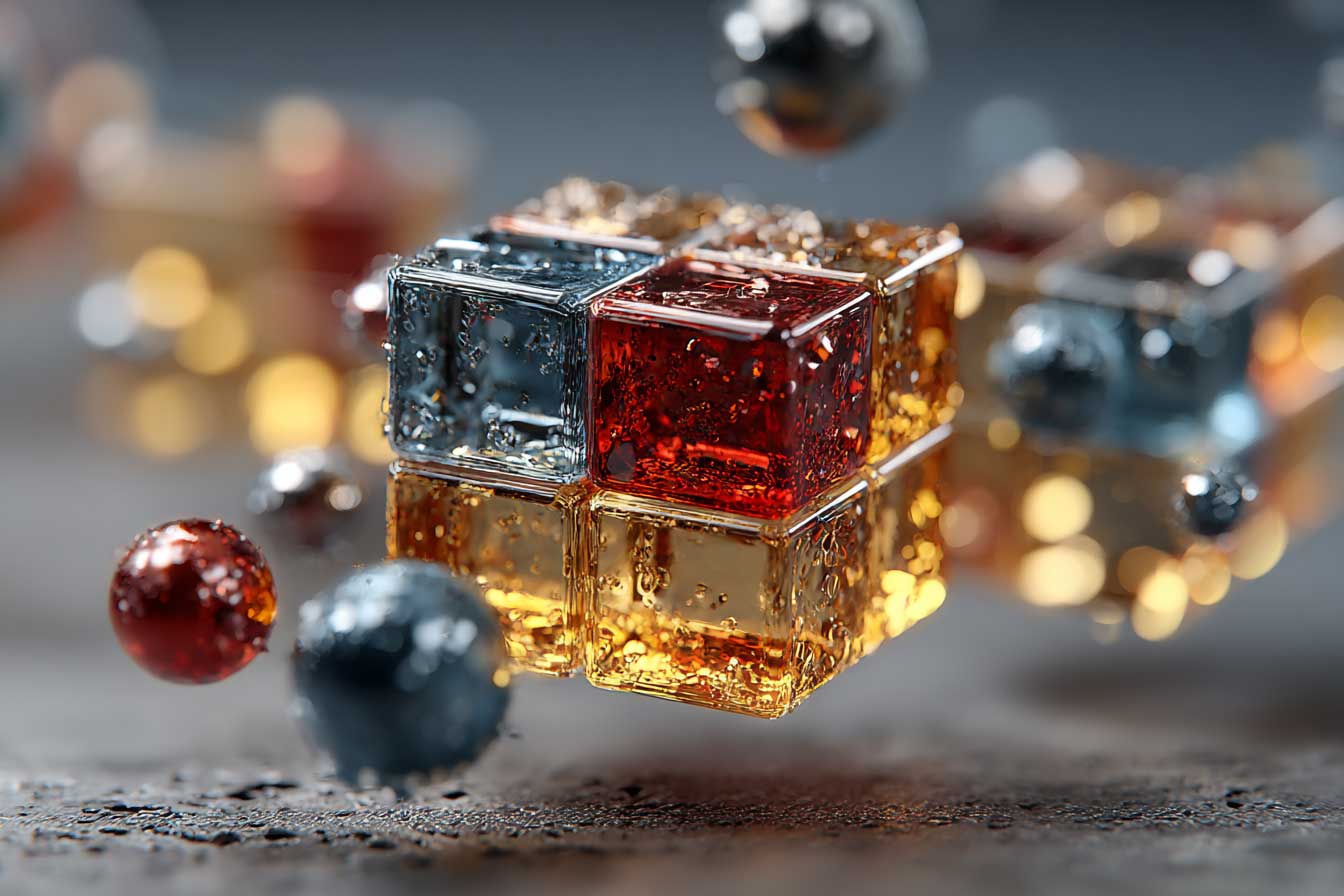
Chemistry is often called the central science because it connects physics, biology, geology, and environmental science. It studies the composition, structure, properties, and changes of matter. Everything you see, touch, or breathe — from the air you inhale to the device you’re using right now — is a product of chemical interactions.
At its heart, chemistry tries to answer a simple yet profound question:
“What is everything made of?”
The journey to that answer spans centuries — from the early alchemists trying to turn metals into gold to modern scientists creating new elements in laboratories.
Before the 17th century, alchemy was the early form of chemistry. Alchemists searched for the mythical “philosopher’s stone,” believing it could turn base metals into gold or grant immortality. Though their goals were mystical, their experiments laid the foundation for scientific methods.
In the 1600s and 1700s, chemistry began to evolve into a true science.
An element is a pure substance made of only one type of atom. Examples include hydrogen (H), oxygen (O), carbon (C), and iron (Fe). Each element has unique chemical properties.
In 1869, Dmitri Mendeleev, a Russian chemist, organized the 63 known elements into what we now call the Periodic Table.
He noticed that when elements were arranged by increasing atomic mass, their properties repeated in a predictable pattern. Mendeleev even left gaps for yet-to-be-discovered elements — and predicted their properties correctly.
Today, the modern periodic table is arranged by atomic number (the number of protons in an atom) rather than atomic mass. It now includes 118 elements, classified as:
This chart is more than a list — it’s a map of the universe’s building blocks.
The early chemists formulated several fundamental laws that govern chemical behavior:
These laws set the stage for John Dalton’s Atomic Theory.
In 1808, John Dalton proposed that:
Later discoveries revealed that atoms aren’t indivisible — they’re made up of subatomic particles:
These discoveries came from great experiments:
Today, the Quantum Model explains that electrons exist in regions called orbitals, not fixed paths, described by probabilities.
An atom is the smallest unit of an element.
When two or more atoms bond together, they form a molecule.
Examples:
When different elements combine chemically in fixed ratios, they form compounds.
A compound has entirely new properties compared to its elements. For instance, sodium (a reactive metal) and chlorine (a poisonous gas) combine to form sodium chloride (common salt), which is safe to eat.
Matter exists in different states, determined by the arrangement and energy of its particles.
Changes between these states — melting, freezing, condensation, evaporation — are physical changes, not chemical.
A chemical reaction occurs when atoms rearrange to form new substances with different properties. These reactions are the foundation of chemistry — responsible for everything from rusting iron to digesting food.
Common types of reactions include:
Combination (Synthesis):
Two or more substances combine to form a single compound.
Example:
Decomposition:
A single compound breaks down into simpler substances.
Example:
Single Replacement (Displacement):
One element replaces another in a compound.
Example:
Double Replacement (Metathesis):
Two compounds exchange ions to form new compounds.
Example:
Combustion:
A substance reacts with oxygen to produce carbon dioxide, water, and energy (heat and light).
Example:
Chemical reactions always follow the Law of Conservation of Mass, meaning all atoms present in the reactants appear in the products — they’re simply rearranged into new combinations.
Every chemical reaction involves energy — either absorbed or released.
In everyday life:
Energy changes occur because chemical bonds break and new ones form. Breaking bonds requires energy, while forming bonds releases energy.
Atoms bond to achieve stability — often by completing their outermost electron shell.
These bonds explain the properties of substances — why metals conduct electricity, why water is liquid, and why diamond is so hard.
Modern chemistry extends far beyond beakers and formulas. It touches every field imaginable:
Advancements in nanotechnology, green chemistry, and synthetic biology continue to redefine what’s possible. Chemists now design molecules to clean pollution, develop new medicines, and even mimic photosynthesis to create clean energy.
Chemistry reveals the unseen world that governs everything — from the smallest atom to the largest galaxy. It helps us understand how matter behaves, interacts, and transforms.
Every color, every flavor, every heartbeat, and every breath is chemistry in action.
When you light a candle, watch it burn, and see the wax melt — you’re witnessing physics, energy, and chemistry all at once.
In the words of Carl Sagan:
“We are made of star-stuff.”
And chemistry is the language that explains that truth.